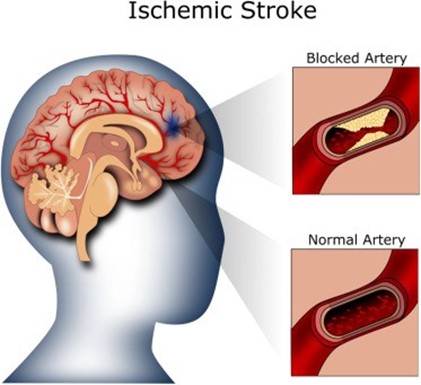A nurse is caring for a client in diabetic ketoacidosis (DKA).
Which of the following is the priority intervention by the nurse?
Check potassium levels.
Begin bicarbonate continuous IV infusion.
Initiate a continuous IV insulin infusion.
Administer 0.9% sodium chloride.
The Correct Answer is D

The correct answer is Choice D.
Choice A rationale: Checking potassium levels is important in the management of DKA, but it is not the priority intervention. The priority intervention is to restore intravascular volume with fluid resuscitation
Choice B rationale: Bicarbonate infusion is not the priority intervention in the management of DKA. It is used only in severe cases of metabolic acidosis
Choice C rationale: Initiation of a continuous IV insulin infusion is an important intervention in the management of DKA, but it is not the priority intervention. The priority intervention is to restore intravascular volume with fluid resuscitation
Choice D rationale: Administering 0.9% sodium chloride is the priority intervention in the management of DKA. It is used to restore intravascular volume and correct electrolyte imbalances
Nursing Test Bank
Naxlex Comprehensive Predictor Exams
Related Questions
Correct Answer is A
Explanation
The nurse should ensure that the client is discharged with antithrombotic pharmacologic therapy.

Antithrombotic medications help prevent blood clots from forming and can reduce the risk of another ischemic stroke.
Choice B is wrong because diuretics are used to treat fluid retention and high blood pressure and are not typically used for stroke prevention.
Choice C is wrong because anticonvulsants are used to prevent seizures and are not typically used for stroke prevention.
Choice D is wrong because opioid analgesics are used to treat pain and are not typically used for stroke prevention.
Correct Answer is D
Explanation

The priority topic for the nurse to review with the client is monitoring changes in weight.
A sudden weight gain may mean that the client’s heart failure is getting worse and they should call their doctor if they have a sudden weight gain, such as more than 2 to 3 pounds in a day or 5 pounds in a week.
Choice A is wrong because while daily exercise is important for overall health, it is not the priority topic for the nurse to review with the client.
Choice B is wrong because while daily sodium restrictions are important for managing heart failure, it is not the priority topic for the nurse to review with the client.
Choice C is wrong because while monitoring fluid intake is important for managing heart failure, it is not the priority topic for the nurse to review with the client.
Whether you are a student looking to ace your exams or a practicing nurse seeking to enhance your expertise , our nursing education contents will empower you with the confidence and competence to make a difference in the lives of patients and become a respected leader in the healthcare field.
Visit Naxlex, invest in your future and unlock endless possibilities with our unparalleled nursing education contents today
Report Wrong Answer on the Current Question
Do you disagree with the answer? If yes, what is your expected answer? Explain.
Kindly be descriptive with the issue you are facing.
